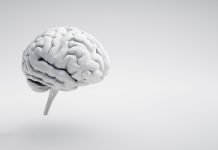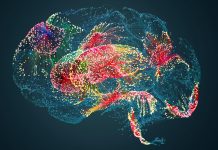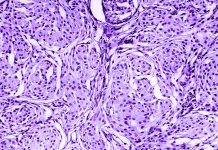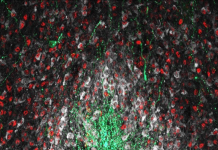Home 2023
Archives
Understanding HIV risk in older adults
Laneshia Conner, Assistant Professor at the University of Kentucky, discusses gaps in HIV and AIDS prevention and why greater awareness and support for HIV risk in older adults is needed.
Can “resilience” protect key workers from poor mental health?
First responders, other public safety personnel, and healthcare workers appear to be those most at risk of poor mental health following their occupations – but what does increasing resilience do, and how can governments protect their key workers?
Exploring the possibilities of bacteriophages for tuberculosis
Bacteriophages have long offered prospects for treating bacterial infections. Is it time to use phages to control tuberculosis? Professor Graham F. Hatfull explores this.
How brain research is making the benefits of regular exercise accessible to all
Robert Wessells from Wayne State University looks to the brain to understand how the benefits of regular exercise can be delivered to those who are unable to move as easily.
Managing patients with diabetes in rural underserved areas
Professor Richard J. Santen, MD from the University of Virginia, explains the need for retired endocrinologists returning to work to manage patients with diabetes in America’s rural underserved areas, including comment on telemedicine.
Progress in development of disease-modifying treatments in Parkinson’s Disease
Henri Huttunen, Chief Scientific Officer, Herantis Pharma Plc, charts progress in the development of disease-modifying treatments for Parkinson’s disease.
The function of fingerprints: How can we grip?
Professor Gun-Sik Park, in the Department of Physics and Astronomy at Seoul National University explores the function of fingerprints from a lens of understanding the mechanism of our human ability to grip.
DEUSTO 6i: Helping young researchers access doctoral training
Through its two Horizon 2020 Marie Sklodowska-Curie COFUND projects, DEUSTO is providing up to 35 doctoral training fellowships between 2016 and 2025 to attract excellent doctoral candidates from all over the world.
Exploring current and future therapies for childhood astrocytoma
Here, Doctor Peter J Houghton explains current therapies for childhood brain cancer what needs to change to ensure better outcomes for children diagnosed with astrocytoma in the future.
Keeping your teeth for life: Why use a disclosing agent?
Dr. Neha Dixit and Dr. Marcel Donnet argue that you can’t ignore what you see when it comes to keeping your teeth for life. Particular focus is given to Guided Biofilm Therapy and the use of a disclosing agent.
The miniNO project: Helping to minimize risks of premature births
Associative mechanisms linking a defective minipuberty to the appearance of mental and non-mental disorders: infantile NO replenishment as a new therapeutic possibility.
Cutaneous chronic wounds: A worldwide silent epidemic
Chronic wounds develop due to the defective regulation of one or more of the complex cellular and molecular processes involved in proper healing. Here Manuela Martins-Green explores novel potential treatments for wound chronicity.
Using of opioids for chronic pain: Controversies, guidelines, research needs
First in a series of five articles, Norm Buckley and Jason Busse explore the trials and tribulations associated with using opioids for chronic pain, particularly in Canada.
How can the health sector support Canada’s net-zero ambition?
Fiona A. Miller, Professor & Director at the Centre for Sustainable Health Systems, University of Toronto in Canada, explores how the health sector supports Canada’s net-zero ambition.
Acute care hospital reform in Japan: Outcomes in quality and market competition
This paper describes why the fee system for acute care hospital reform in Japan is beginning to show results.
Revolutionary pain relief cream and two-minute exercise to cure and prevent lower back pain
Dr Helene Bertrand has specialised in pain treatment after suffering from ongoing lower back pain for 37 years. Here in conversation with Open Access Government, Helene explores her lower back pain journey and the ways she has found to heal herself.
EAT2beNICE Project: The correlation between diet and mental health
Jeanette C. Mostert & Alejandro Arias Vasquez from the Departments of Genetics and Psychiatry, Radboud University Medical Center Nijmegen, The Netherlands, reveal that diet and mental health are linked, as they reflect on the lessons learned from the Eat2beNICE project.
The global regulatory landscape for psychedelic drugs
Jessica Riggleman, Owner of Raeco, LLC, examines the global regulatory landscape for psychedelic drugs, with a particular focus on Schedule I classification.
HIV therapeutic targets: Basic virology to the discovery of antiretroviral drugs
Do we need new antiretroviral drugs to treat HIV infection, and if so, what are the promising targets? Dr Eric O. Freed, Director of the HIV Dynamics and Replication Program at the National Cancer Institute in Frederick, Maryland, discusses these questions.
Personalized diet intervention in Thai ageing populations
Professor Apichart Vanavichit a Rice Genomic Breeding Expert at the Rice Science Center looks at diet intervention and therapy for the ageing population of Thailand to prevent disease.





















